Joe Medwick
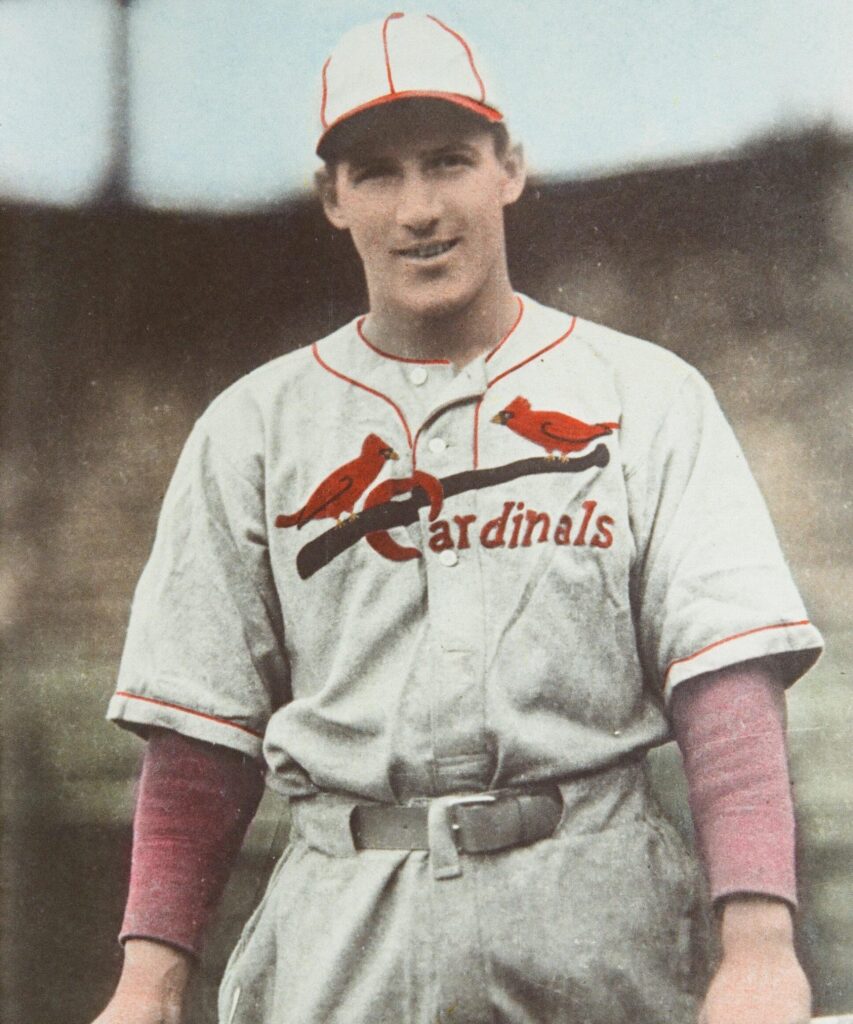
| Birthdate | 11/24/1911 |
| Death Date | 3/21/1975 |
| Debut Year | 1932 |
| Year of Induction | 1968 |
| Teams | Braves, Cardinals, Dodgers, Giants |
| Position | Left Field |
Joe Medwick won the Triple Crown when he hit .374 with 31 homers and 154 RBI in 1937. He remains the last NL player to accomplish the feat.
Leave a commentIn the collection:
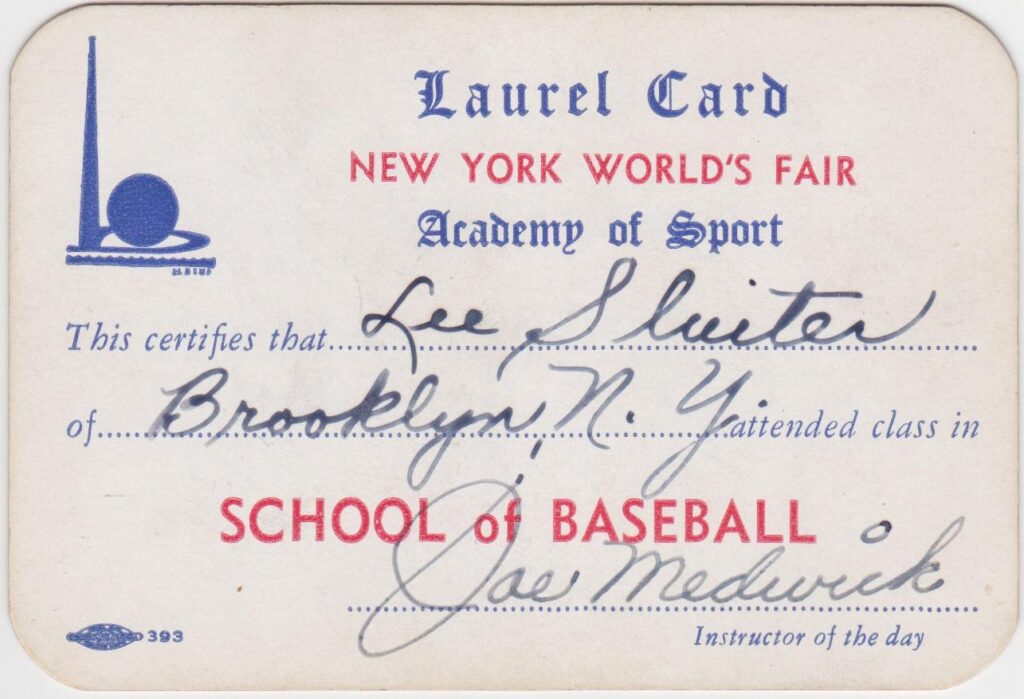
Joe Medwick is one of 19 men in big league history to record 400+ total bases in a season
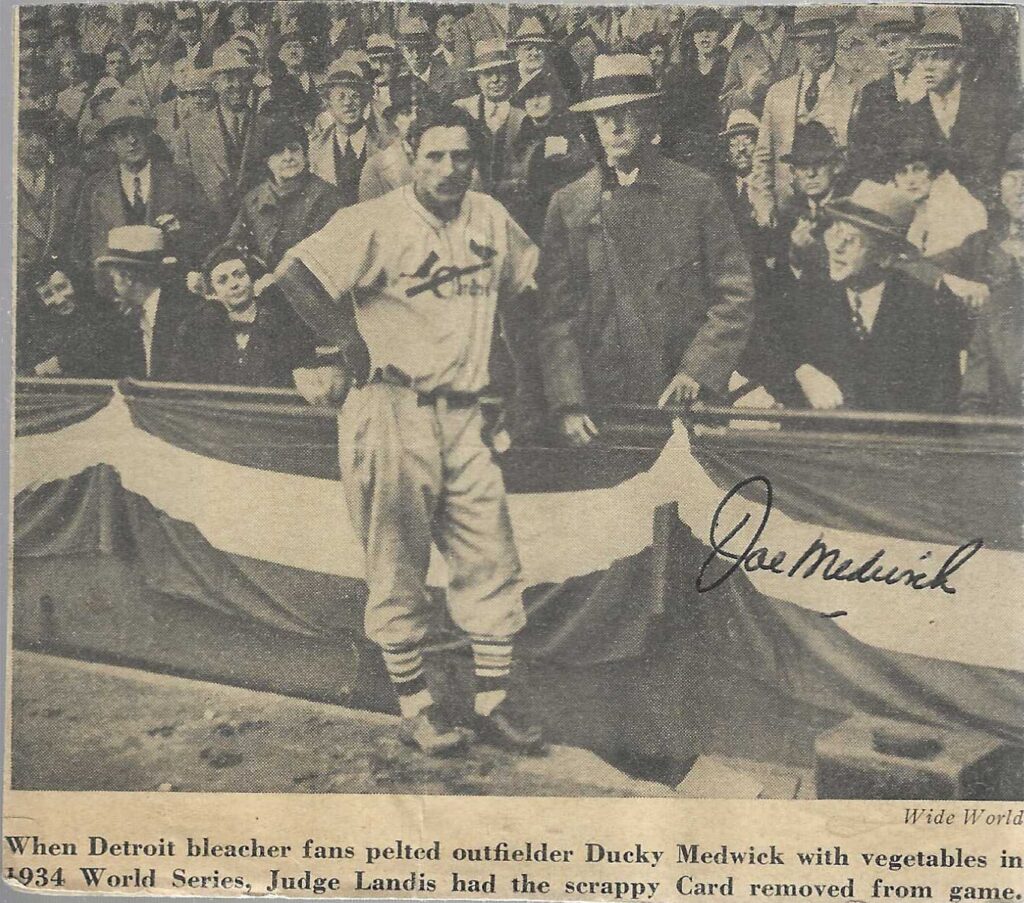
For his own safety Joe Medwick was ejected in Game 7 of the 1934 World Series
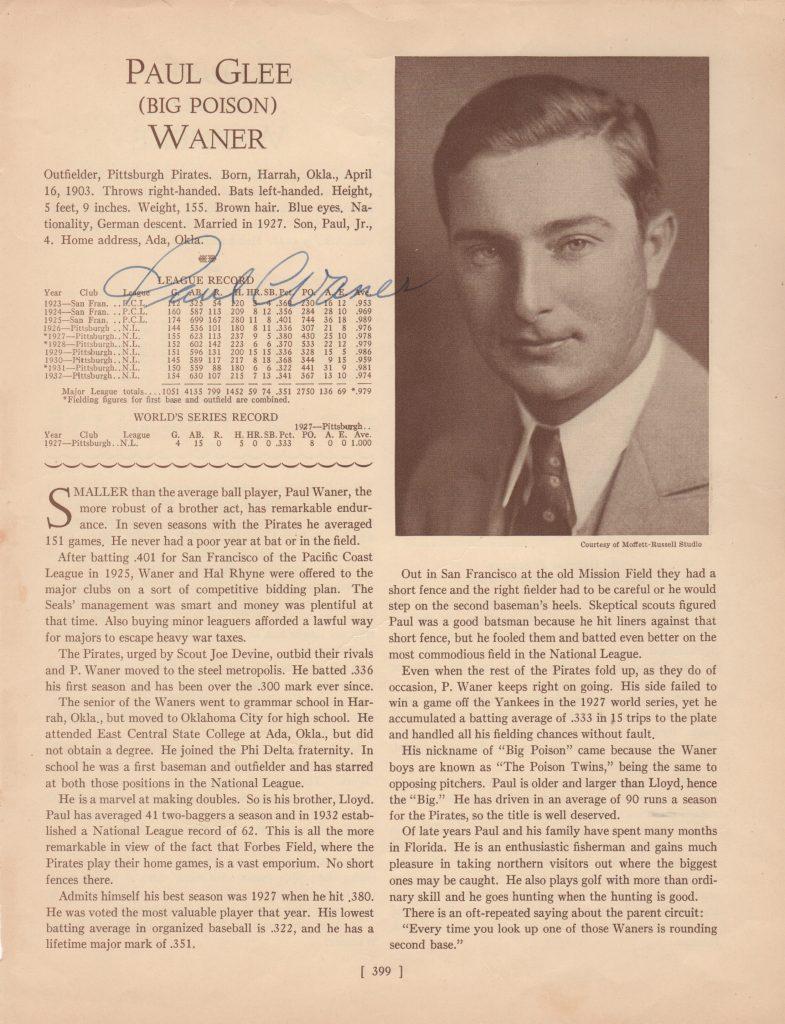
In 1936 Joe Medwick set the still-standing NL mark for doubles in a season
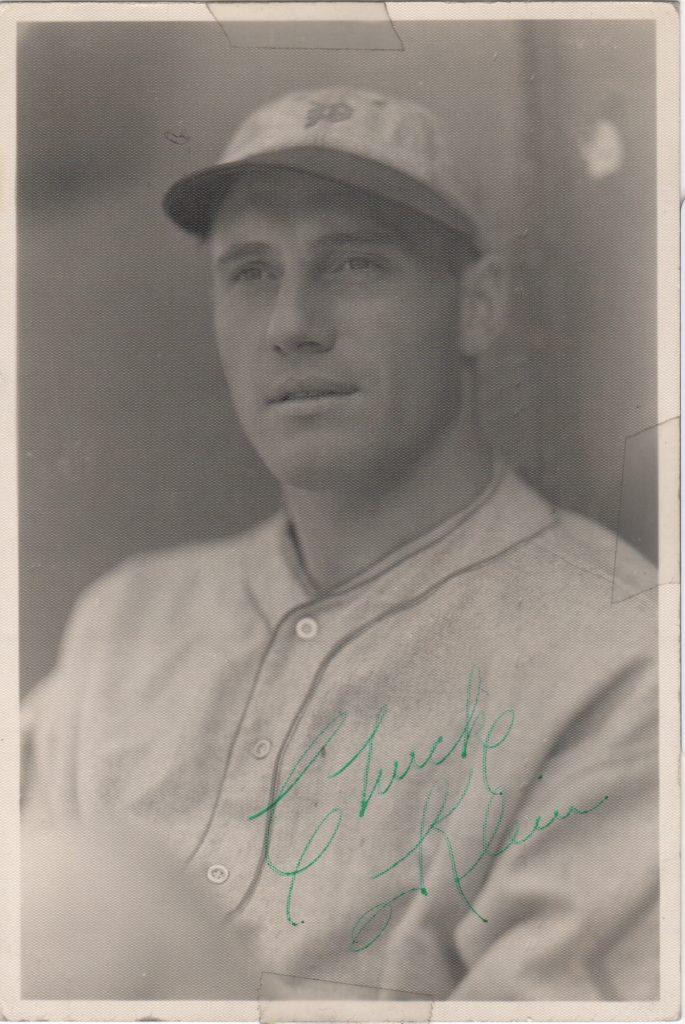
Joe Medwick's 1937 Triple Crown was the last of the 20th century for the NL
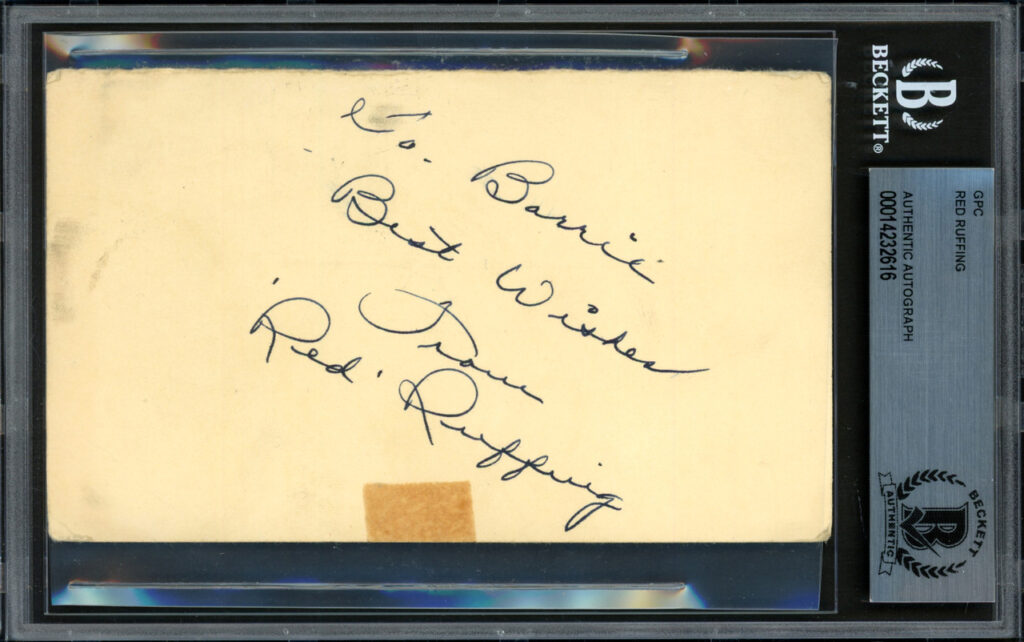
The Baseball Writers elected Medwick to the Hall of Fame in his final year of eligibility
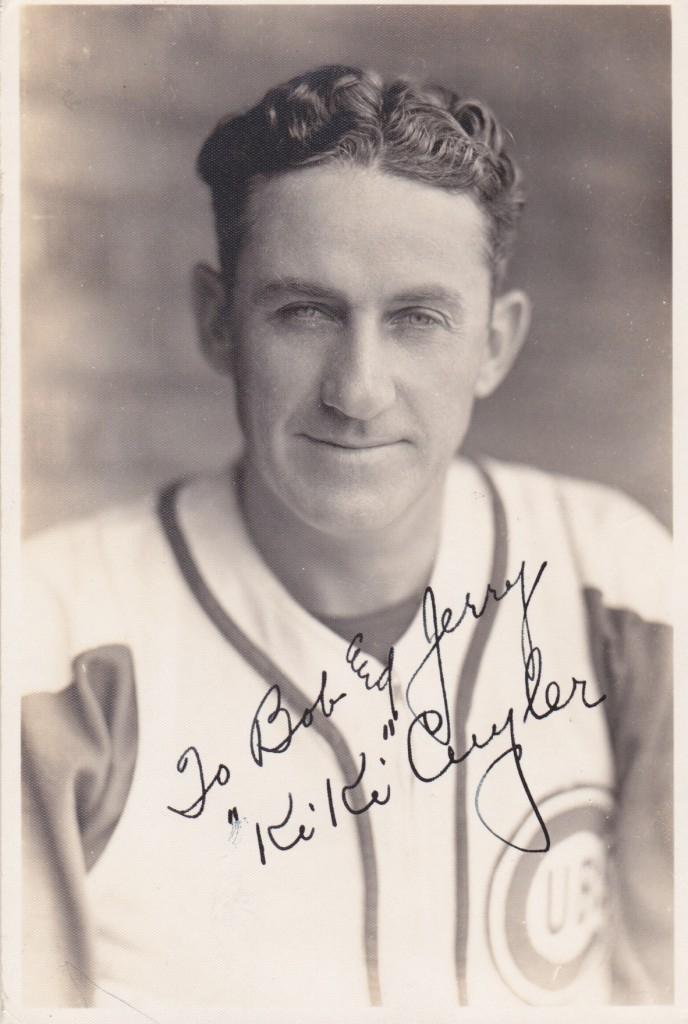
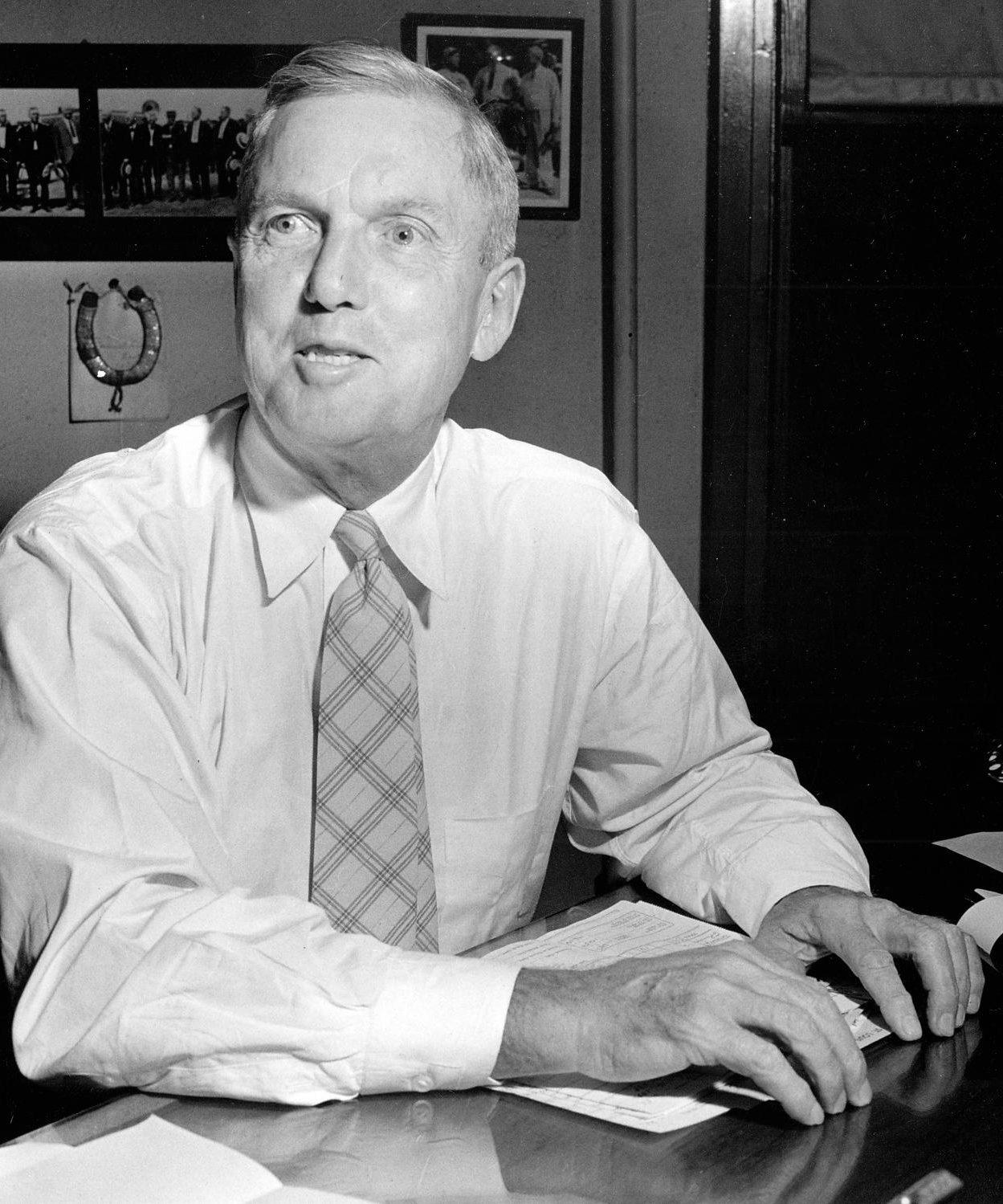
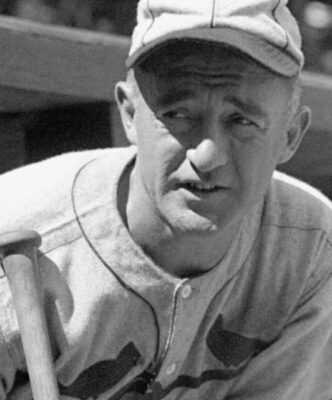
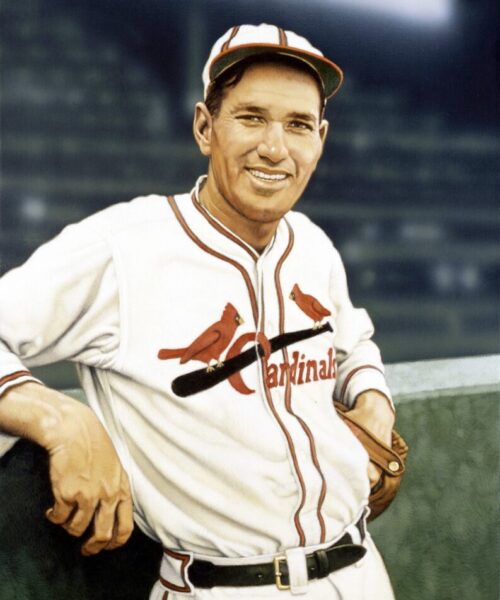
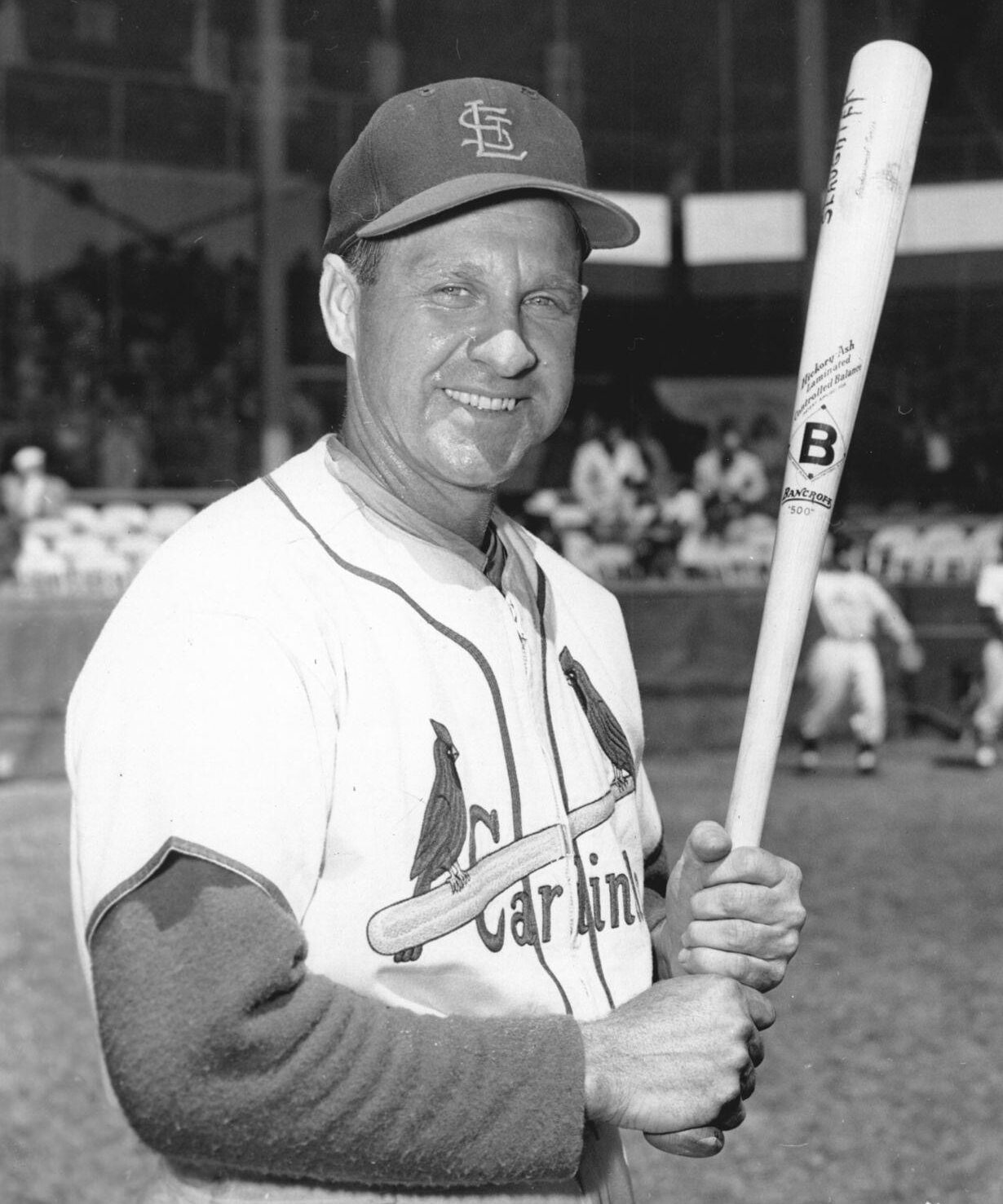
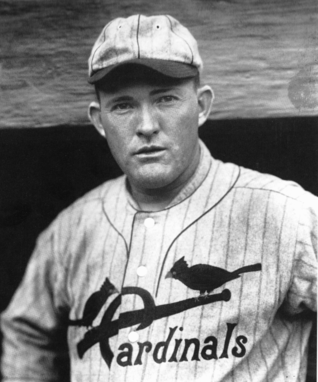
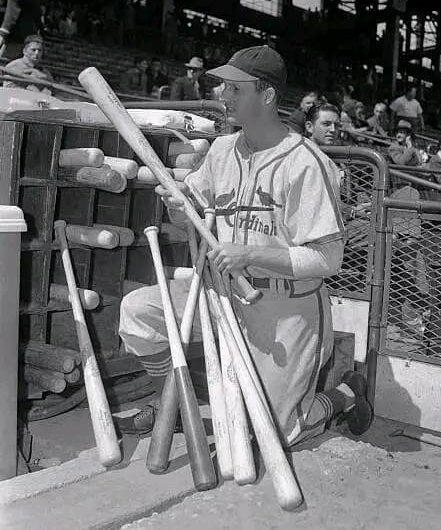
The game has changed, but still is our national pastime….I think those tinkering with the rules and core of the game are intent on ruining it….Traditions should be kept in tact…some things need to be left alone …